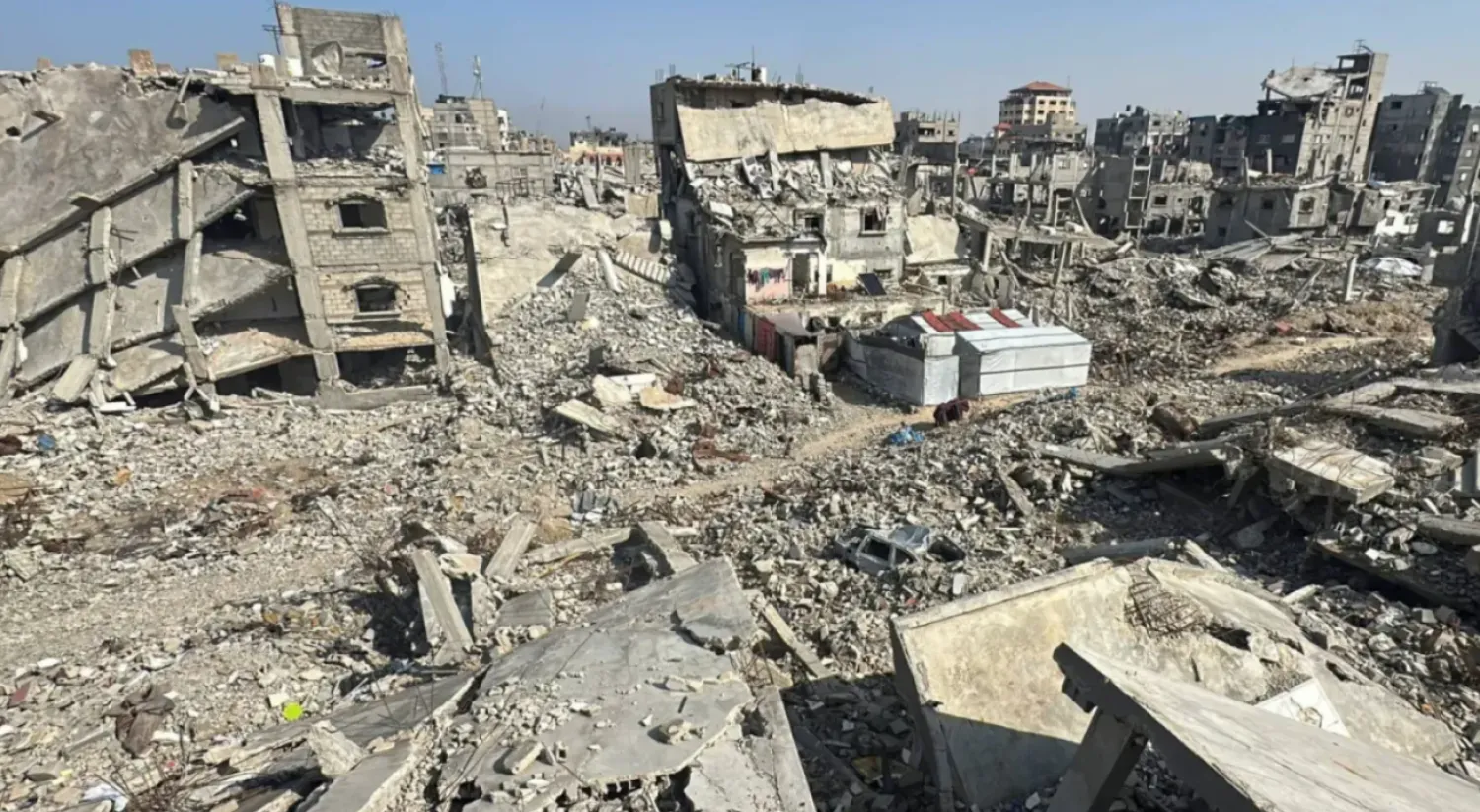The owner of an oriental shop in the old city of Damascus was asked if European tourists had returned to the historic streets of the Syrian capital.
“I couldn't believe what I saw... Two tourists coming from China to Damascus looked like they came straight out of a folk-art magazine. Everyone who saw them in the Hamidiyah market wanted to take a picture with them,” the owner, who requested anonymity, told Asharq Al-Awsat.
The owner also confirmed the arrival of European tourists but noted that the numbers are still very low.
While mentioning that the two Chinese tourists walking around in traditional wear turned into a spectacle in the market, the owner said: “For the past 10 years, we haven't seen European tour groups like those that used to come to Syria before the war.”
“The majority of those who arrived last year wander about to observe the lifestyle in Damascus and engage with locals, rather than visiting historical sites or purchasing traditional products,” explained the owner.
The proprietor of the oriental emporium expressed delight at the arrival of a European tour group, comprising over 20 tourists who scanned the wares.
However, they only purchased a single postcard, perhaps as a memento.
Even though the store is in a tourist district that draws visitors to sacred sites, there is no buying activity, reported the owner.
Syrian Minister of Tourism Rami Martini announced in media statements on Wednesday an uptick in visitor numbers, with 385,000 arrivals in the first quarter of 2023.
Of these, 345,000 are from Arab countries, while 40,000 are foreigners.
Notably, during the same period in 2022, there were 236,000 arrivals, consisting of 206,000 from Arab countries and 30,000 from foreign nations.
Martini did not disclose the nationalities of the foreign tourists, but local sources indicated that most of them are from allied nations such as Russia, Iran, and China, as well as expatriate Syrians who hold foreign passports.









